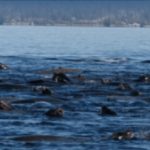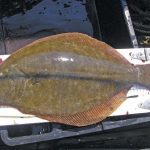Tag Archives: North Carolina State University.
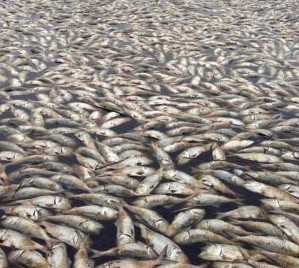
Sores, lesions: Early fish kill in Neuse worries those who use the river
State environmental crews are investigating a disturbing fish kill in the Neuse River. They’re trying to figure out why numerous schools of menhaden are breaking out in sores and dying in the river near New Bern.,,, The images are grotesque. Fish in the Neuse River swimming around with their insides hanging out.,, In a nutshell, the river is in very poor health and declining and continuing to decline,” said JoAnn Burkholder,,, Hans Paerl, said he believes pollution stirred up by Hurricane Florence could be the culprit now. And Paerl warns that water quality could deteriorate all summer if the weather is hot and dry. Scientists blame nutrient pollution from urban runoff, large industrial farms and waste water treatment plants. >click to read<11:25
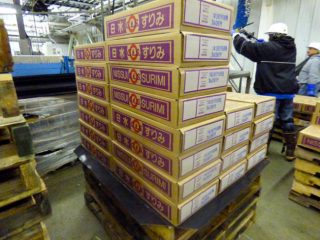
Making a better “hot dog of the sea”
When people think of Alaska seafood, salmon and halibut come to mind. But the state also produces a lesser-known fish product sought after all around the world: surimi, the base for imitation crab. Now the guy who helped establish surimi in America — more than 30 years ago — is on a mission to improve how it’s made. Tyre Lanier is a food scientist at at North Carolina State University, where he’s been since the 1970s. He has a background in the science of hot dogs. >click to read<16:22
Bucking conventional wisdom, researchers find black sea bass tougher than expected – discard mortality rates
 The researchers had put the fish in the experimental group into one of four categories: those without visible injury; those with visible barotrauma; those with hook trauma (meaning the hook had caused significant internal injury); and “floaters” – those that couldn’t swim down into the water at all. To their surprise, the researchers found that approximately 90 percent of the fish,, Read more here phys.org 09:57
The researchers had put the fish in the experimental group into one of four categories: those without visible injury; those with visible barotrauma; those with hook trauma (meaning the hook had caused significant internal injury); and “floaters” – those that couldn’t swim down into the water at all. To their surprise, the researchers found that approximately 90 percent of the fish,, Read more here phys.org 09:57
Formaldehyde Detected in Supermarket Fish Imported from Asia – Not found in fish from the U.S.
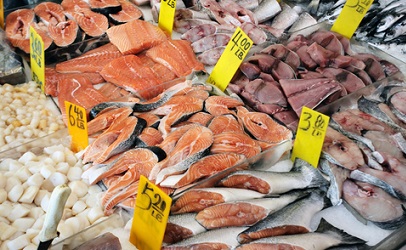 Formaldehyde is illegal in food beyond any naturally occurring trace amounts. But, according to chemical engineer A. James Attar and his colleagues who conducted the tests, the U.S. Food and Drug Administration does not test any imported fish for formaldehyde contamination, and only 4 percent of imported fish gets tested for any contaminants at all. more@foodsafetynews 08:11
Formaldehyde is illegal in food beyond any naturally occurring trace amounts. But, according to chemical engineer A. James Attar and his colleagues who conducted the tests, the U.S. Food and Drug Administration does not test any imported fish for formaldehyde contamination, and only 4 percent of imported fish gets tested for any contaminants at all. more@foodsafetynews 08:11



































